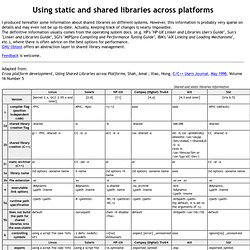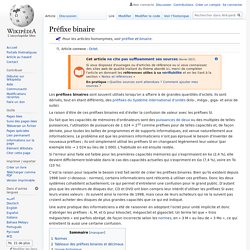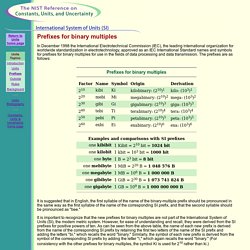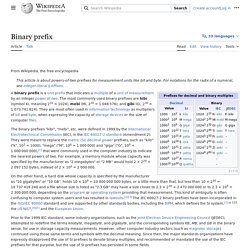

Windows. Hdev Humor. Unix. Mac Os X. Using static and shared libraries across platforms. I produced hereafter some information about shared libraries on different systems.

However, this information is probably very sparse on details and may even not be up-to-date. Actually, keeping track of changes is nearly impossible. The definitive information usually comes from the operating system docs. (e.g. HP's "HP-UX Linker and Libraries User's Guide", Sun's "Linker and Libraries Guide", SGI's "MIPSpro Compiling and Performance Tuning Guide", IBM's "AIX Linking and Loading Mechanisms", etc.), where there is often advice on the best options for performance. Feedback is welcome. Adapted from: Cross platform development, Using Shared Libraries across Platforms, Shah, Amal ; Xiao, Hong, C/C++ Users Journal, May 1998, Volume 16 Number 5 Notes: cells with xxxx implies that the OS does not support that particular feature. ??
UnitsPolicy. There are two ways to represent big numbers: You could either display them in multiples of 1000 = 10 3 (base 10) or 1024 = 2 10 (base 2).

If you divide by 1000, you probably use the SI prefix names, if you divide by 1024, you probably use the IEC prefix names. The problem starts with dividing by 1024. Many applications use the SI prefix names for it and some use the IEC prefix names. The current situation is a mess. If you see SI prefix names you do not know whether the number is divided by 1000 or 1024. Implementation There are two ways to fix the abuse of the SI standard for base-2: Correct the application to divide by 1,000 and keep on using SI prefixes. Correct basis. Préfixe binaire. Les préfixes binaires sont souvent utilisés lorsqu’on a affaire à de grandes quantités d’octets.

Ils sont dérivés, tout en étant différents, des préfixes du Système international d'unités (kilo-, méga-, giga- et ainsi de suite). La raison d’être de ces préfixes binaires est d’éviter la confusion de valeur avec les préfixes SI. Du fait que les capacités de mémoires d’ordinateurs sont des puissances de deux ou des multiples de telles puissances, l’utilisation de puissances de 1 024 = 210 comme préfixes pour de telles capacités et, de façon dérivée, pour toutes les tailles de programmes et de supports informatiques, est venue naturellement aux informaticiens.
Le problème est que les premiers informaticiens n’ont pas éprouvé le besoin d’inventer de nouveaux préfixes ; ils ont simplement utilisé les préfixes SI en changeant légèrement leur valeur (par exemple kilo → 1 024 au lieu de 1 000). L’habitude en est ensuite restée. Normes[modifier | modifier le code] Portail de l’informatique. Definitions of the SI units: The binary prefixes. Prefixes for binary multiples In December 1998 the International Electrotechnical Commission (IEC), the leading international organization for worldwide standardization in electrotechnology, approved as an IEC International Standard names and symbols for prefixes for binary multiples for use in the fields of data processing and data transmission.

The prefixes are as follows: It is suggested that in English, the first syllable of the name of the binary-multiple prefix should be pronounced in the same way as the first syllable of the name of the corresponding SI prefix, and that the second syllable should be pronounced as "bee. " It is important to recognize that the new prefixes for binary multiples are not part of the International System of Units (SI), the modern metric system. However, for ease of understanding and recall, they were derived from the SI prefixes for positive powers of ten. Binary prefix. A binary prefix is a unit prefix for multiples of units in data processing, data transmission, and digital information, notably the bit and the byte, to indicate multiplication by a power of 2.

The computer industry has historically used the units kilobyte, megabyte, and gigabyte, and the corresponding symbols KB, MB, and GB, in at least two slightly different measurement systems. In citations of main memory (RAM) capacity, gigabyte customarily means 7009107374182400000♠1073741824 bytes. As this is a power of 1024, and 1024 is a power of two (210), this usage is referred to as a binary measurement. In most other contexts, the industry uses the multipliers kilo, mega, giga, etc., in a manner consistent with their meaning in the International System of Units (SI), namely as powers of 1000. For example, a 500 gigabyte hard disk holds 7011500000000000000♠500000000000 bytes, and a 1 Gbit/s (gigabit per second) Ethernet connection transfers data at 7009100000000000000♠1000000000 bit/s.
Cho v.